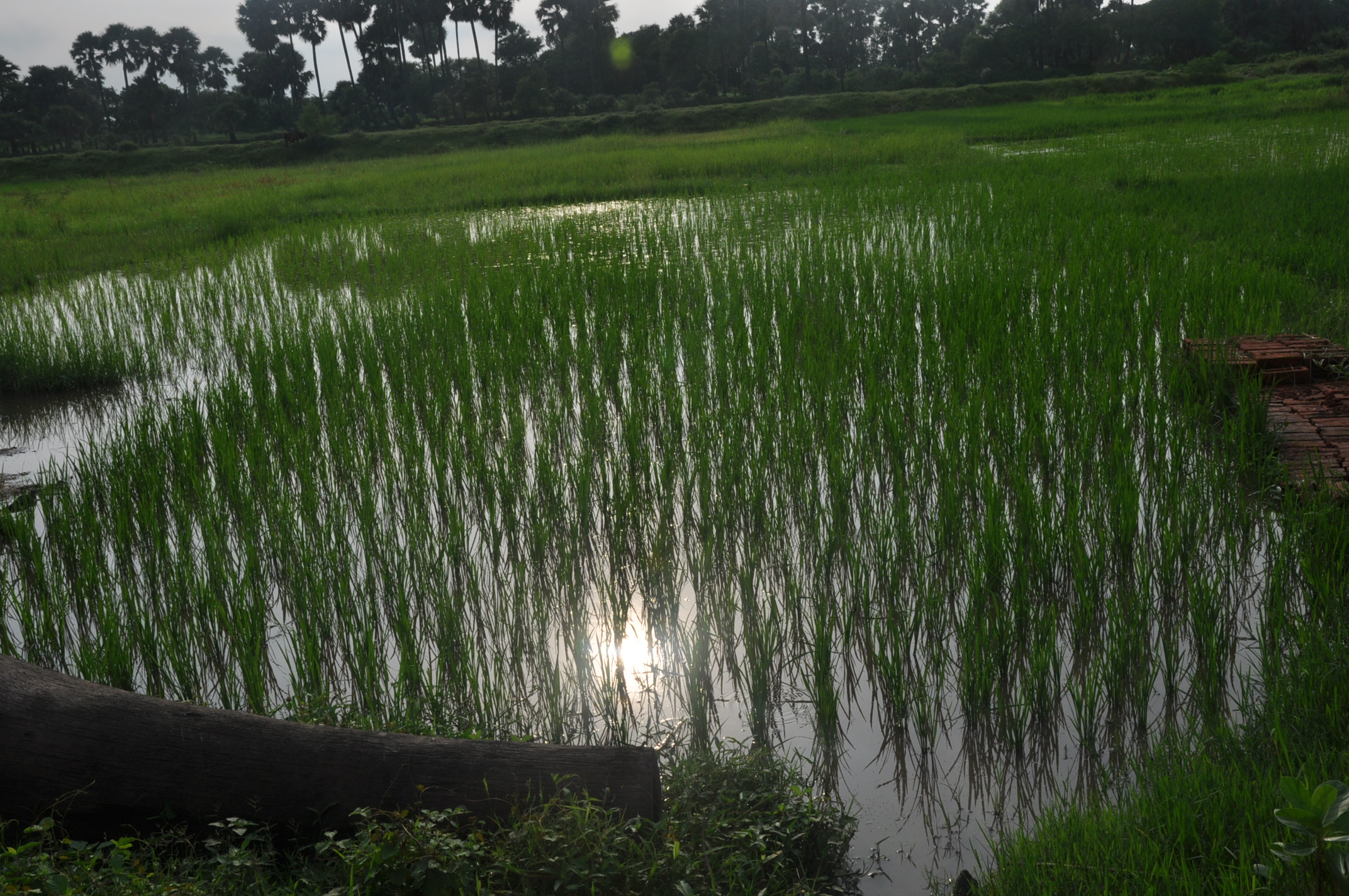To learn more about Digital Green’s AI-powered platform and how it impacts small-scale farmers in India, Ethiopia, Kenya, Nigeria and Brazil, we encourage you to sign up for our newsletter.
Learning from our achievements in Bihar

Published Jan 13, 2015
Institutionalizing our achievements
Our Bihar team has just crossed a milestone they’ve achieved a total of 120,000 unique adoptions (as per our data management framework, COCO) since our program started in the state in 2012. This means 120,000 farmers in the state have adopted an improved agricultural practice promoted in a video, which could lead to improved productivity and incomes. In Bihar, we work with JEEViKA, the state-level implementation agency of the Government of India’s National Rural Livelihood Mission.
I was in Bihar last week and sensed a high level of enthusiasm in our team as a result of their achievement. The factors that helped our team achieve this significant milestone included:
- Supportive and proactive JEEViKA leadership
- Our team goes the extra mile to resolve operational issues and distributing videos in a timely manner to cater to the community’s immediate needs,
- Our approach getting integrated into JEEViKA’s district-level monitoring systems
- JEEViKA’s recruitment and positioning of livelihood specialists in all blocks
Reflections from a field visit to Gaya, Bihar
I attended a video screening in Gaya district, which started a little late due to my delayed flight from Delhi to Patna. The mediator who was screening the video in the village had a good rapport with the two self-help groups (SHGs) that were in attendance. The SHG members were rushed though as they were eager to get back to their homes because of the cold weather and their interest in getting back home to prepare dinner. The mediator played a video (on poultry), paused in between to explain it, and ended the dissemination as quickly as she could. The team observed that the quality of this dissemination could be considered average for Bihar. The mediator that I observed had just begun screening videos three months ago and had screened five to six videos. This isn’t to say that average is necessarily bad. In fact, the mediator that we observed has been able to record a number of adoptions and was visibly confident in how well she’s doing her job.
We will need to spend more of our time focusing on those areas that we have more control on and could lead to greater impact. For instance, if the mediator knew what do when audiences are rushed, would she have prioritized what she did differently? In any population of mediators, there are going to be some exceptional stars but most will be average. Through our training program, we try to ensure that every mediator has at least the basic capabilities of equipment handling, facilitation, and reporting.
Our team in Bihar has already begun moving in this direction. For instance, they sometimes use videos on model mediation techniques and how to use pico projectors as a part of their training programs with mediators. We need to create a curriculum of videos that is as easy to use for our team when training mediators as it is for a mediator to screen a poultry video to a rushed group of SHG members. The model dissemination video is particularly useful as it becomes obvious of what a good mediator does without needing to formally get into the theory of adult learning principles which can often be overly conceptual.
We now have over 50 lead mediators across Bihar who train and support their less experienced peer mediators. There seems to be a strong opportunity for creating a simple series of videos and assessment techniques to support these lead mediators. When designing this curriculum, we need to start from the practical issues that mediators encounter at the grassroots. For instance, it is a reality that communities are often rushed (e.g., they’re rushed when coming back from their fields during the agricultural season and they’re in a rush to go back home when its winter to get to bed early). One of the critical moments in any dissemination is when a mediator asks individual viewers whether they’re ready to adopt the featured practice. We need to enhance our training to help mediators better prioritize their actions in such rushed situations.
As we scale, it is a real challenge to observe the facilitation quality of mediators in their individual villages. We will have to instead leverage the opportunities (e.g., orientation training and follow-up review meetings) when we have the mediators together for developing and assessing their skills. We also need to prioritize producing videos and practical assessment techniques (e.g., games) that our trainers and lead mediators can use just as easily as mediators conduct disseminations.